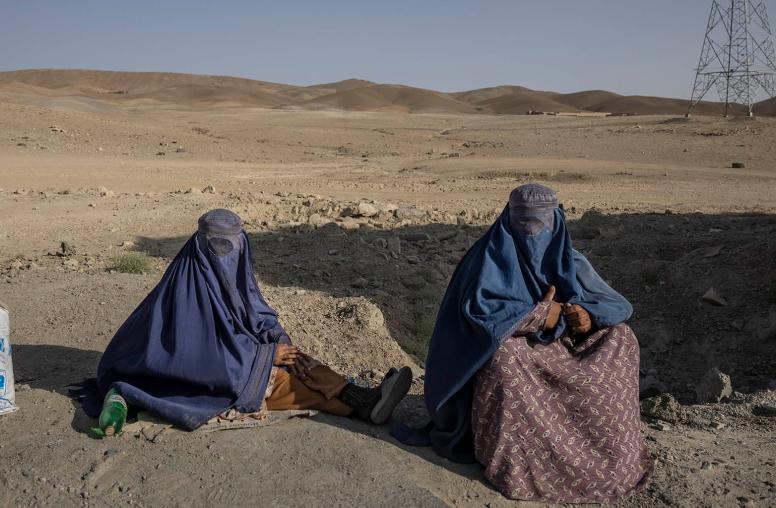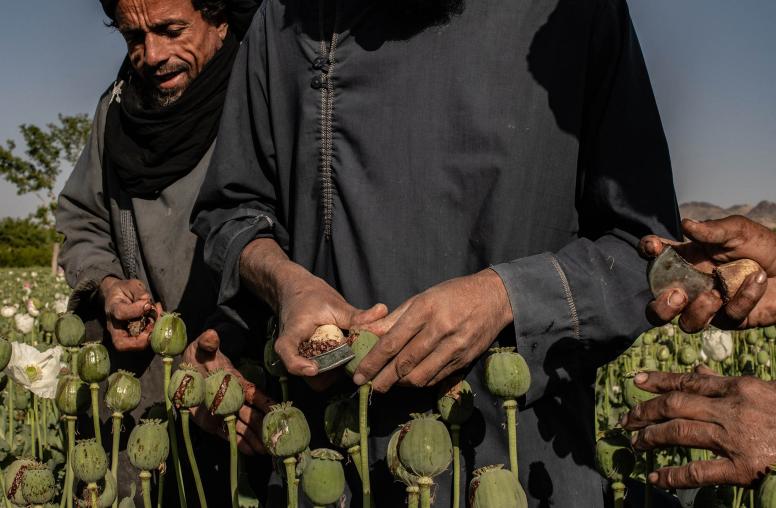The U.S. Experience with Provincial Reconstruction Teams in Afghanistan: Lessons Identified
Important lessons for current and future U.S. peace and stability operations can be found in the experiences of Americans who served in Provincial Reconstruction Teams (PRTs) in Afghanistan. PRTs are small, joint civilian-military organizations whose mission is to promote governance, security, and reconstruction throughout the country.

Summary
- Important lessons for current and future U.S. peace and stability operations can be found in the experiences of Americans who served in Provincial Reconstruction Teams (PRTs) in Afghanistan. PRTs are small, joint civilian-military organizations whose mission is to promote governance, security, and reconstruction throughout the country.
- In June 2005, the United States led thirteen PRTs and the International Security Assistance Force (ISAF) directed nine. This multinational program was characterized by an emphasis on flexibility, a proliferation of national models, and an ad hoc approach to security and development.
- The U.S. model featured a complement of seventy-nine American military and three civilian government representatives. The U.S. PRTs stressed governance, force protection, and quick impact development projects to "win hearts and minds."
- The PRT emphasis on governance translated into supporting the respective provincial governors.
- Security was limited to self-protection, providing a security presence, and assisting Afghan forces.
- Reconstruction projects suffered from a lack of coordination and oversight. Military involvement in development brought criticism from relief agencies that claimed it put them at risk by blurring the distinction between combatants and humanitarian workers.
- In the view of many PRT veterans, the entire multinational PRT program would benefit from an agreed concept of operations and an effective central coordinating authority. The U.S. PRTs would profit from interagency delimitation of civilian and military roles and improved civilian agency staffing, funding, and administrative support.
- PRT veterans believe the addition of USAID representatives and better coordination with Afghan national development plans improved U.S. PRT reconstruction efforts. Rapidly disbursing long-term funding sources available to civilian representatives would rationalize and speed reconstruction efforts, which should focus on security-related infrastructure.
- PRT veterans also argue that PRTs are primarily military organizations; thus, better suited for performing security-related tasks. PRTs should concentrate on supporting Afghan security sector reform and providing a security presence in contested areas.
About the Report
This report is the product of the United States Institute of Peace's Afghanistan Experience Project. It is based on extensive interviews conducted with American and foreign officials, soldiers, and representatives of nongovernmental organizations that worked directly with Provincial Reconstruction Teams in Afghanistan. It also reflects interviews conducted with a broad range of contacts during the author's visit to Afghanistan in June 2005. The report discusses lessons identified by those who served in Afghanistan. It is intended as a training aid for developing programs that prepare American personnel for service in peace and stability operations.
Robert M. Perito, Coordinator of the Afghanistan Experience Project at the U.S. Institute of Peace, prepared this report. The Association for Diplomatic Studies and Training conducted the interviews under a contract with the Institute.
The views expressed in this report do not necessarily reflect views of the United States Institute of Peace, which does not advocate specific policy positions.



